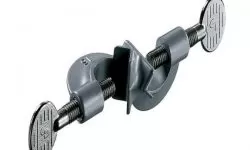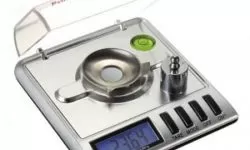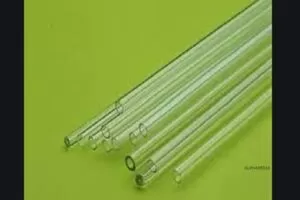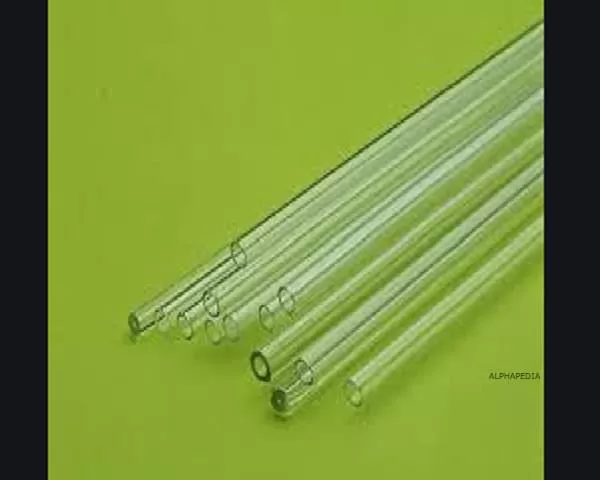Definition of Capillary Tube
To know what a capillary tube is we must first know about capillarity. Capillarity is the movement of a liquid in a small cross-section capillary passage tube, like the openings in porous materials. The capillary action of a fluid can occur both vertically and horizontally. In capillarity or capillary action, the fluid moves upward against the force of gravity.
Capillary tubes are very thin tubes made of a rigid material, such as plastic or glass, in which a liquid flows into the tubes against gravity in a process called capillary action (capillarity). A capillary tube is simply a really thin tube. (Usually about 1/2 mm wide on the inside). They can be made of glass, plastic, metal, etc.
Glass capillary tubes are probably the most common and biologists and chemists use them often because you can use them for experiments where you only have a very small sample to work with. One of the things that makes capillary tubes so useful is called “capillary action”. Because of this, if you stick the open end of a capillary tube into the water, the water will be drawn directly into the tube. Sound strange? It’s not that strange. The reason for this is that water really likes to stick to things like glass or plastic.
A capillary tube immersed in a body of free water will form a meniscus as a result of the angle of contact of the water with the walls of the tube. The curvature of this meniscus will be greater (i.e., the radius of curvature will be smaller) the narrower the tube. The appearance of the curvature causes a pressure difference to develop at the liquid-gas interface. A liquid with an acute contact angle (e.g., water on glass) will form a concave meniscus and, therefore, the pressure of the liquid below the meniscus (P1) will be less than the atmospheric pressure.
by the higher pressure of the free water (i.e., water at atmospheric pressure, under a horizontal air-water interface) out of the pipe at the same level. The upward movement will stop when the difference in pressure between the water inside the pipe and the water below the flat surface outside the pipe is offset by the hydrostatic pressure exerted by the water column in the capillary tube.
Capillary tubes can be found in small, high-volume commercial systems such as household refrigerators, but can also be used for larger systems if operating conditions are relatively stable. The capillary tube is vulnerable to clogging, so a filter drier and a filter are usually mounted prior to the inlet.
The low pressure side of a refrigerant system with a capillary expansion device must be able to contain the entire refrigerant charge. When the compressor stops, the refrigerant will migrate to the low pressure cold side. Often, the low pressure side is equipped with a liquid separator, which acts as a receiver, just before the compressor. Refrigerant charging must also be carefully considered for capillary tube systems.
More Definitions in ALPHAPEDIA

DEFINITION OF BIOLOGY

DEFINITION OF SOUL

DEFINITION OF SELF-ESTEEM

WHAT IS A BEAKER ? Its Definition

DEFINITION OF ANTROPOLOGY

DEFINITION OF BOURGEOISIE
Other Laboratory Materials and Instruments in ALPHAPEDIA

LAB STANDS DOUBLE TOP WIRE CLAMPS Definition

FUNNELS: Use, Description, Applications and Price

TANITA SCALE: Prices and Offers

ELECTRIC SCALPEL

WHAT IS A BEAKER ? Its Definition

PRECISION BALANCE: Definition, Use and Types
Other Topics of Interest in ALPHAPEDIA

FREE MASTER DEGREE IN FORESTRY

FREE AESTHETICS COURSE

FREE BACHELOR DEGREE IN DIGITAL MARKETING

IVORY COLOR: Meaning, Psychology and Types

FREE MASTER DEGREE IN BUSINESS

HOW TO PAINT EXTERIOR WOOD ?
Image Of Capillary Tube



